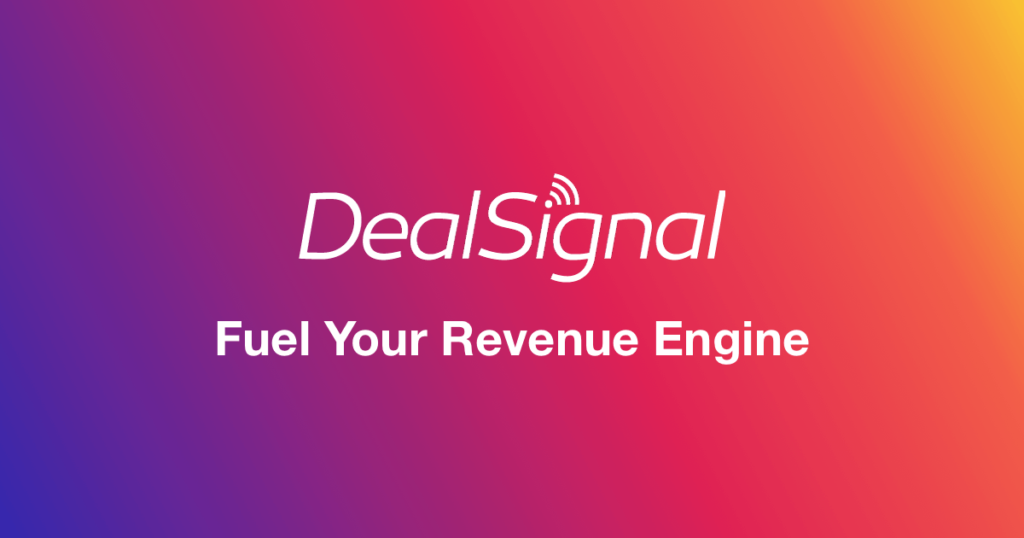Sales Forecast Accuracy refers to the degree to which sales forecasts—predictions of future sales outcomes—match actual sales results. This metric assesses how close the estimated sales figures are to the real sales numbers, indicating the reliability of the forecasting process.
Sales Forecast Accuracy is crucial for effective business planning and resource allocation. Accurate forecasts enable businesses to make informed decisions, optimize inventory levels, manage cash flow, and set realistic sales targets. High forecast accuracy leads to better strategic planning, improved operational efficiency, and enhanced financial performance.
Key Aspects:
- Prediction Alignment: Measures how closely forecasted sales figures align with actual sales results.
- Forecasting Methods: Involves the use of various methods and models to predict future sales based on historical data, market trends, and other relevant factors.
- Data Quality: Relies on accurate, comprehensive data to improve the reliability of forecasts.
- Continuous Adjustment: Requires ongoing review and refinement of forecasting models to adapt to changing market conditions and business dynamics.
Benefits:
- Improved Planning: Enables better strategic and operational planning by providing realistic sales projections.
- Resource Optimization: Helps allocate resources effectively, including inventory management, staffing, and budget planning.
- Enhanced Decision-Making: Supports informed decision-making by providing accurate sales forecasts and insights.
- Increased Efficiency: Reduces the risk of overstocking or stockouts by aligning inventory levels with forecasted sales.
- Financial Performance: Contributes to more accurate financial forecasting and budgeting, improving overall financial health.
Overall, achieving high Sales Forecast Accuracy is essential for aligning business operations with market realities, optimizing resource use, and driving overall business success.
« Back to Glossary Index



